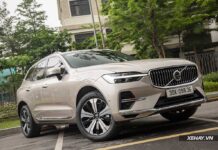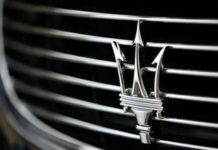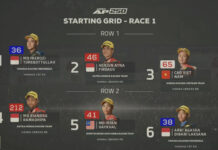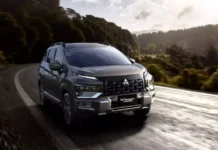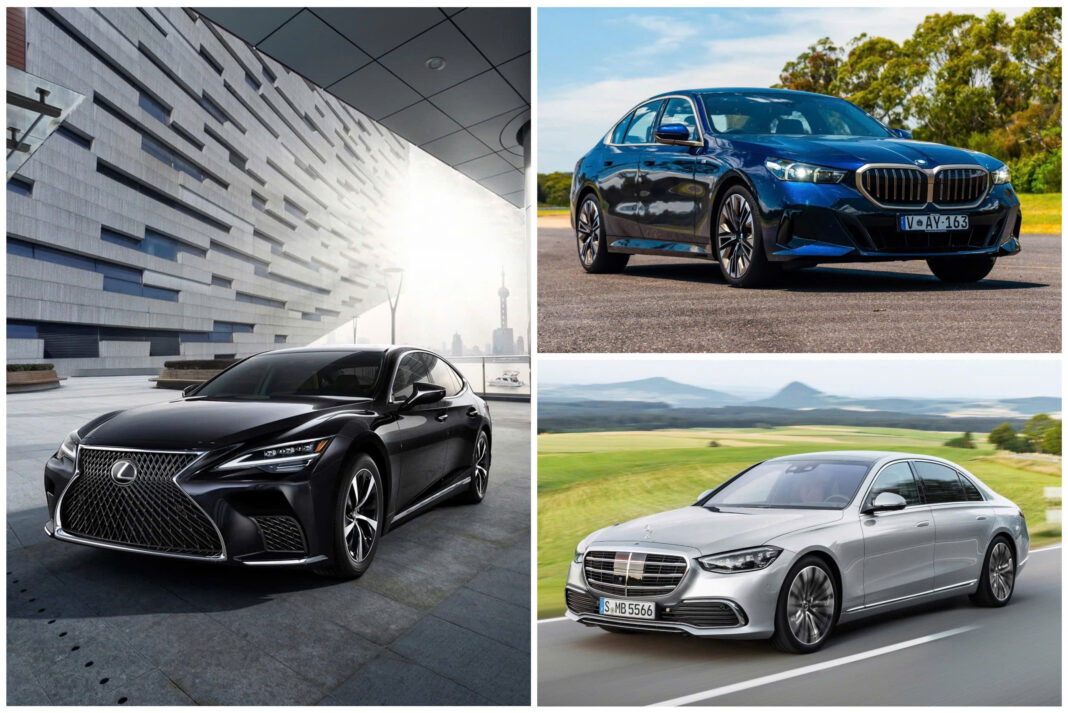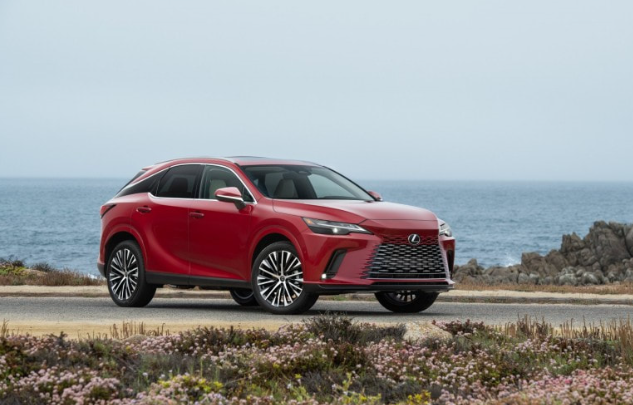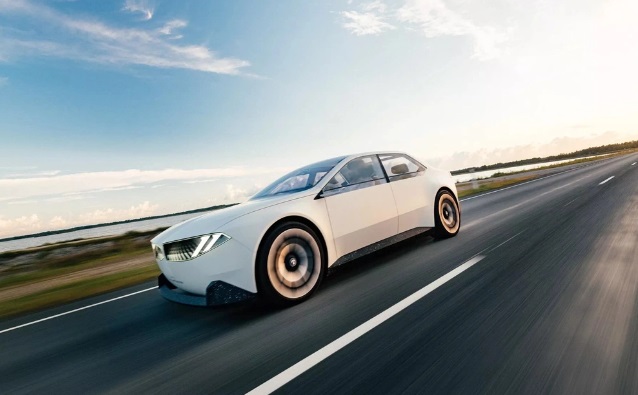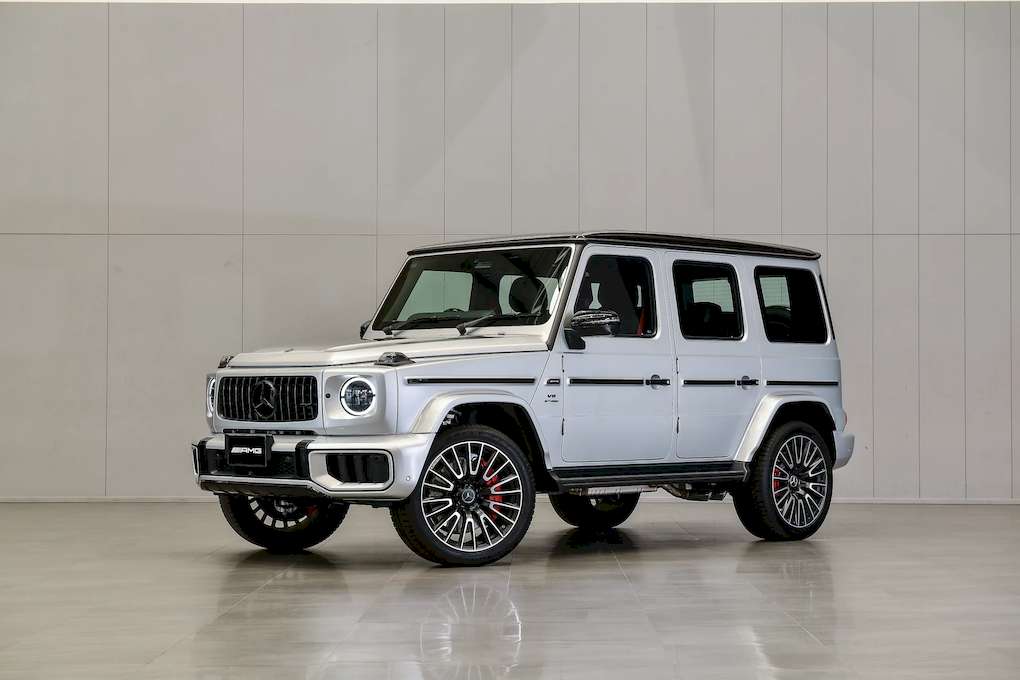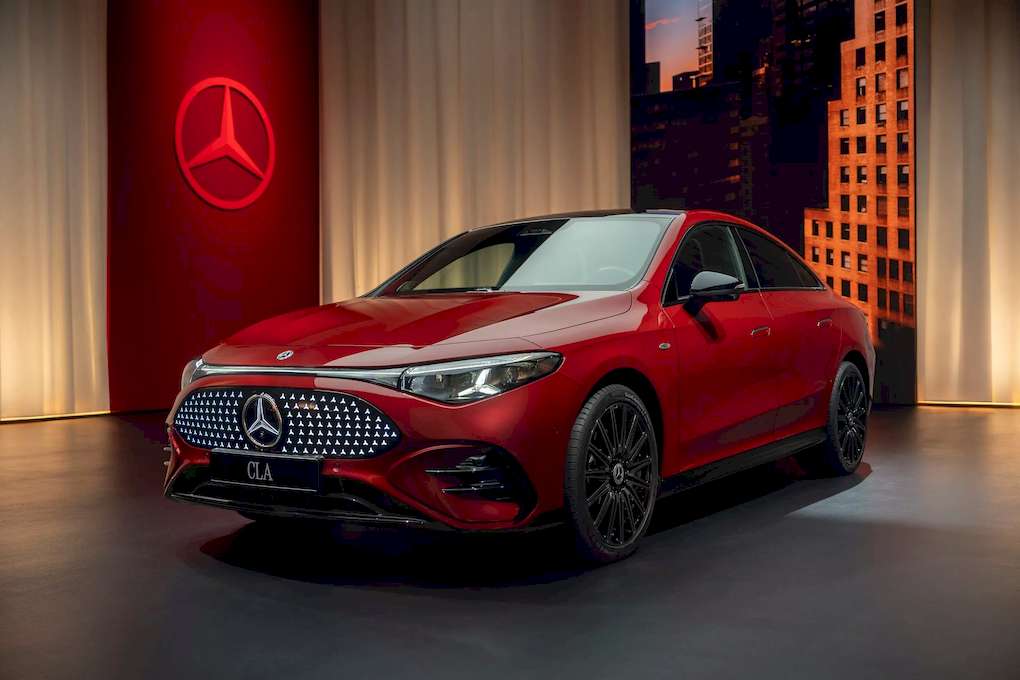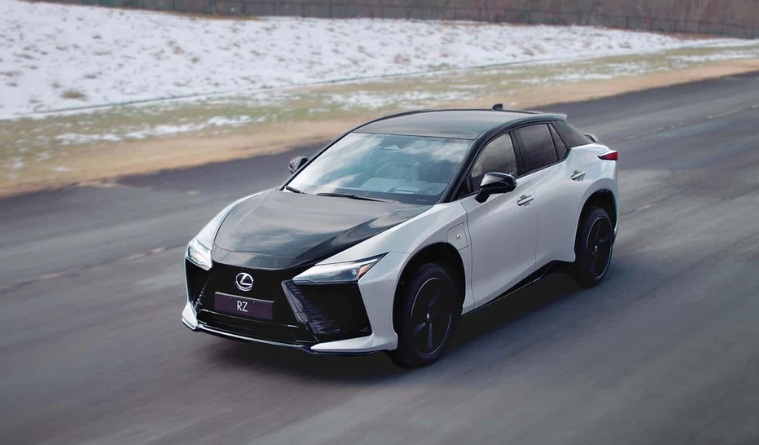From 2015 to early 2025, BMW, Mercedes-Benz, and Lexus consistently ranked within the top four luxury car brands with the highest new registration numbers in the US market.
However, behind these seemingly similar sales figures lie distinct customer profiles, reflecting three very different brand strategies.
According to S&P Global Mobility’s analysis of demographic, financial, and consumer behavior data, BMW and Mercedes-Benz attract quite similar customer groups, while Lexus has built an entirely separate customer base.
Lexus: Emphasizing Reliability and Innovation
Introduced in the US in 1989 with the ES300 and LS400 models, Lexus quickly established a reputation for reliability and superior customer service. However, the “premium Toyota” image once made the brand less emotionally appealing compared to its European rivals.
The turning point came in 1999 with the RX300 – the first true luxury crossover on the market. Its user-friendly design, ease of driving, and unisex appeal made the RX a game-changer for Lexus, becoming its flagship model and the blueprint for the entire luxury SUV segment.
From October 2024 to January 2025, 66% of Lexus‘ sales came from mid-size vehicles, significantly higher than BMW (37%) and Mercedes-Benz (31%). This reflects a strategy focused on practical, value-conscious customers who prioritize comfort and convenience.
BMW: Focusing on Performance and Driving Emotion
Since its early years, BMW has shaped its brand around performance. The 328 roadster, introduced in 1936, impressed not only with its sporty design but also with its victories at Nürburgring and Le Mans.
For decades afterward, BMW maintained the philosophy of “The Ultimate Driving Machine” with its famous 3 Series and 5 Series in the US. In 1978, the brand further affirmed its status with the M1 supercar – an icon of high performance designed by Giugiaro, featuring a 3.5L six-cylinder engine and a top speed of 162 mph.
BMW sells not just cars but driving emotions – a factor particularly favored by young, speed-loving customers who appreciate unique designs.
Mercedes-Benz: Merging Speed and Ultimate Luxury
Mercedes-Benz boasts a longer heritage in racing and technical innovation than any other luxury car brand. From its victory at the Grand Prix of Dieppe in 1908 to leading supercharger technology in the 1920s, the brand has consistently pioneered performance and engineering.
The iconic 300 SL, born in the early 1950s, became famous both on the race track and as the blueprint for the later SL series. Meanwhile, the Type 600 (1960) and 300D (the world’s first turbocharged diesel car) reaffirmed the brand’s ability to merge cutting-edge technology with ultimate luxury.
Mercedes-Benz appeals to customers who value both speed and a luxurious lifestyle, similar to BMW’s customer base but with a slightly more traditional twist.
Distinct Customer Profiles
The differences in brand positioning have resulted in clear demographic disparities.
For instance, Lexus attracts older customers with lower household incomes, and notably, a significantly higher percentage of female buyers. 50.4% of Lexus buyers are female, well above the luxury segment average of 40.6%.
In contrast, BMW and Mercedes-Benz cater to younger, wealthier customers, with male buyers accounting for 61% and a figure close to that, respectively.
Pricing
The pricing strategies also reflect their diverse approaches. For instance, Lexus vehicles are priced, on average, more than $16,000 lower than BMW and Mercedes-Benz.
Moreover, the average monthly payment for a Lexus is $866, about $140 less than BMW and $240 less than Mercedes-Benz. Lexus is clearly positioned as an affordable luxury brand catering to the affluent middle class, while the two German brands maintain their traditional upmarket image.
Lexus Attracts Mainstream Customers but Lacks Appeal in the High-End Segment
Lexus is effective in attracting customers transitioning from mainstream brands, significantly outperforming its German rivals, BMW and Mercedes-Benz. However, when it comes to upgrading, many Lexus owners tend to return to mainstream brands.
This suggests that Lexus excels as a bridge between the mainstream and mid-range luxury segments. Still, it falls short of creating a strong enough pull to retain customers in the high-end luxury space, where brand value, personalized experiences, and ownership sentiments play a pivotal role in purchasing decisions.
While often neck-and-neck in sales figures, BMW, Mercedes-Benz, and Lexus embody three distinct philosophies in the luxury car market: sports performance, classic opulence, and pragmatic reliability. Each brand is cultivating its own customer ecosystem, vividly illustrating the diversity of needs and behaviors in today’s US luxury car market.











